Our eyes are often referred to as the windows to the soul, but they also shed insight into our overall health. Healthy vision is a precious gift and preserving it should be a top priority. While genetics, lifestyle, and environment play significant roles in eye health, an often-overlooked factor is diet and nutrition. In today’s article, we’ll explore the connection between nutrition and eye health, helping you find yet another reason to eat healthy, wholesome foods.
The Eye: A Brief Anatomy
Before discussing the relationship between nutrition and eye health, we first need to have a basic understanding of the complexity of our eyes. The human eye is an absolute marvel of nature, consisting of several key components that work together to capture and process light, allowing our brain to use that data to see the world around us.
The Cornea – Light first enters through the cornea, a clear front window-like group of cells that transmits and focuses light into the eye. This is the layer where LASIK, SMILE, and PRK vision correction procedures take place to correct refractive errors.
Aqueous Humor – Next, light passes through a layer of clear liquid called the aqueous humor. This layer nourishes the eye and keeps proper eye pressure in the eye.
Pupil and Iris – We’re combining the next layer as the pupil is an artifact of the iris. The iris is the colored part of the eye which helps regulate the amount of light that enters the eye. When the iris closes, it lets less light through the pupil. When there is less light entering the eye, the iris will open, allowing lighter to pass through the pupil.
Lens – Held in place by suspensory ligaments, the lens is the primary tool for focusing the light entering the eye onto the retina. The lens is transparent and can be replaced if necessary. When people have cataracts, it is because the lens has started to become cloudy, and surgery is needed to replace the aging lens with an artificial lens.
Vitreous Humor – Behind the lens sits the vitreous humor. Much like the aqueous humor, the vitreous humor is a clear substance that helps keep the pressure in the eye stable and provides nutrients throughout the eye. Unlike the aqueous humor, the vitreous humor is a thick, gel-like substance and it fills the central cavity of the eye.
Retina – The Retina is a layer of nerve cells lining the back of the eye. The retina senses light and creates electrical impulses that are sent through the optic nerve into the brain for image processing. Did you know that the retina captures images upside down and the brain processes them to be right-side up? This is how babies see until their brain adapts to the flipped image!
Optic Nerve – The optic nerve is a bundle of more than one MILLION fibers that carry the electrical impulses created by the retina into the brain.
Sclera – The Sclera is the white part of the outer eye. It has two main openings, one is the where the cornea and iris is, the other is where the optic nerve enters the brain.
While there are more parts to the eye than just these, such as the optic disc, fovea, and macula, these are the main parts we’ll be referencing in today’s article.
Essential Nutrients for Eye Health
To maintain a healthy eye, it is crucial to consume a variety of nutrients in support of your vision. Here are some key players in eye health:
- Vitamin A and Beta-Carotene – Found in foods like carrots, sweet potatoes, and spinach, vitamin A and beta-carotene are crucial in maintaining healthy eyes. Unfortunately, carrots won’t improve your vision like in the old wife’s tales, but they will ensure happy, healthy eyes.
- DID YOU KNOW: Carrots being linked to better night vision actually comes from the Allied Powers in World War II. To fool the Germans in an effort to hide emerging radar technologies, the Allied powers declared our pilots were better at seeing because they were fed diets consisting of loads of carrots! That doesn’t mean they aren’t great for your eyes, but they won’t improve natural eyesight.
- Vitamin C – Citrus fruits, strawberries, and bell peppers are all excellent sources of vitamin C, which acts as an antioxidant.
- Vitamin E – Nuts, seeds, and vegetable oils are great sources of vitamin E, which can help protect your eyes from free radicals.
- Omega-3 Fatty Acids – Fatty fish like salmon, mackerel, and trout are all rich in omega-3, which helps reduce inflammation and can help alleviate dry eye symptoms.
- Lutein and Zeaxanthin – These carotenoids are found in leafy greens, broccoli, and eggs, and are essential for filtering harmful light and have been linked in helping prevent AMD.
While these nutrients are all wonderful for overall eye health, the best way to maintain healthy eyes with diet is to focus on an overall healthy diet. Avoiding that sugar-loaded coffee every morning can go a long way to maintaining happy, healthy eyes.
Common Eye Conditions and Nutritional Connections
- Age-Related Macular Degeneration (AMD) – AMD is a leading cause of vision loss in older adults. The good news is that certain nutrients have been linked to helping prevent and slow its progression. Antioxidants like Vitamin C and Vitamin E, as well as the carotenoids lutein and zeaxanthin, have been studied in relation to reducing the risk of AMD.
- Cataracts – Cataracts cloud the lens inside the eye, causing blurred and hazy vision. While surgery is the most common treatment for developed cataracts, some studies have shown proper nutrition can reduce the risk of developing cataracts. Diets rich in antioxidants, particularly vitamin C, can help reduce the risk of cataract development.
- Glaucoma – Glaucoma damages the optic nerve and can lead to severe vision loss if left untreated. While glaucoma’s specific causes remain unknown, maintaining a healthy diet and lifestyle can contribute to its management. Lowering caffeine intake and incorporating foods high in omega-3 fatty acids may help.
Lifestyle Factors Matter Too!
Maintaining a healthy diet isn’t the only tool in your arsenal towards healthy eyes, lifestyle choices matter, too! Smoking and excessive alcohol use can harm your eyes as much as any other part of the body. Regular exercise and staying hydrated has the opposite effect, promoting eye comfort and health.
Conclusion
Vision is a precious gift, and taking steps to protect it by maintaining an overall healthy diet and lifestyle is crucial in protecting that gift. By understanding the connection between nutrition and eye health, you can make informed decisions when it comes to your dietary choices. To learn more about what you can do to support your eyes, consult your eye doctor or schedule an exam with us, today!




